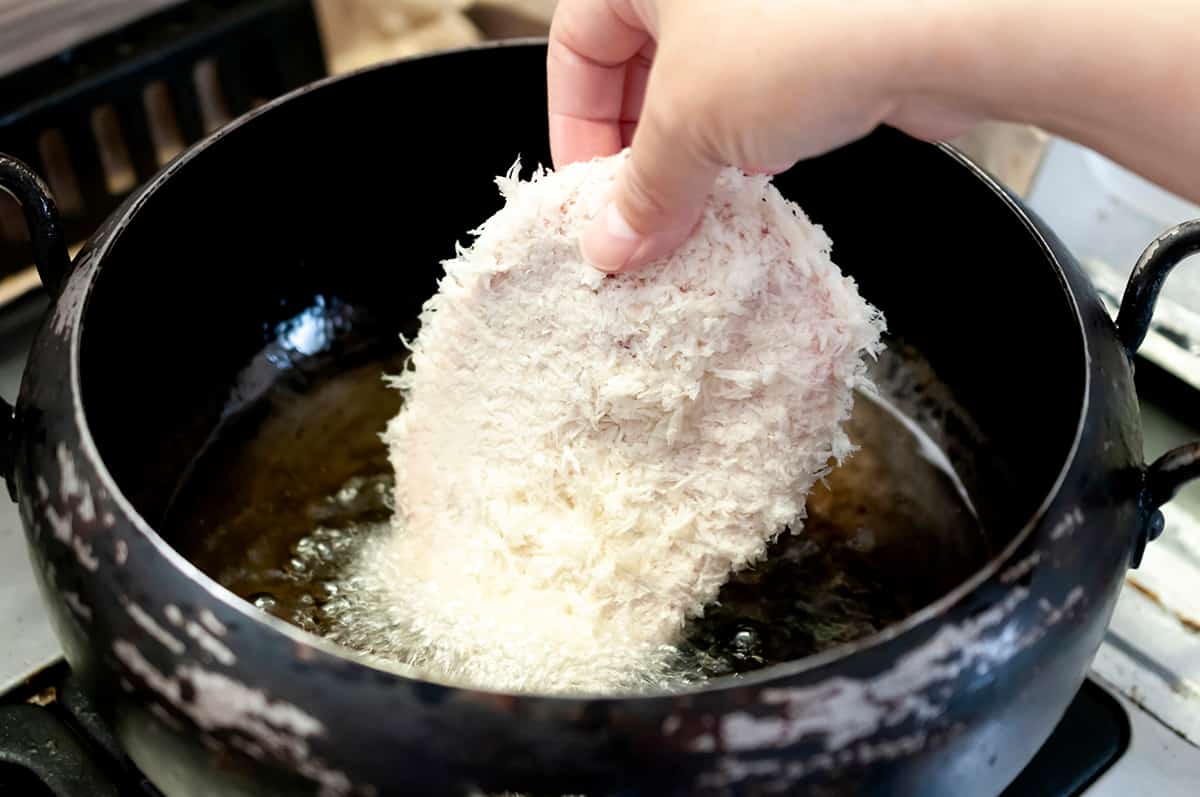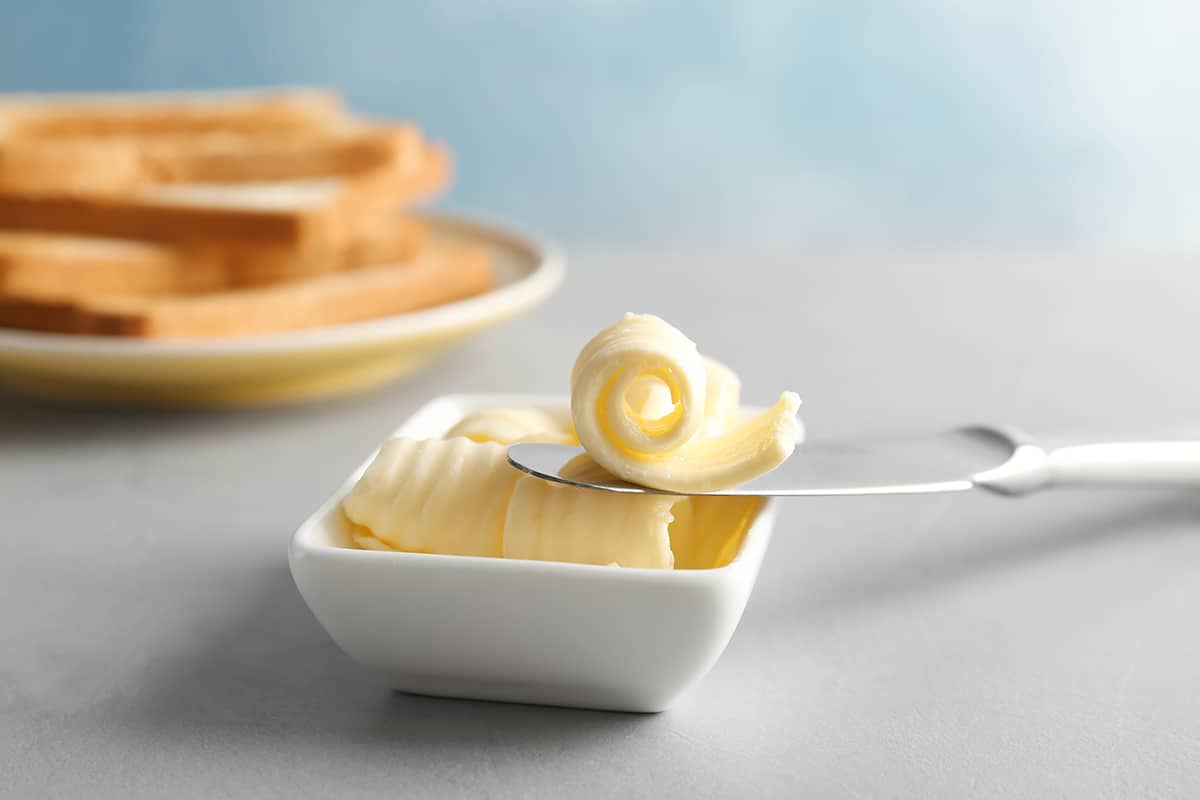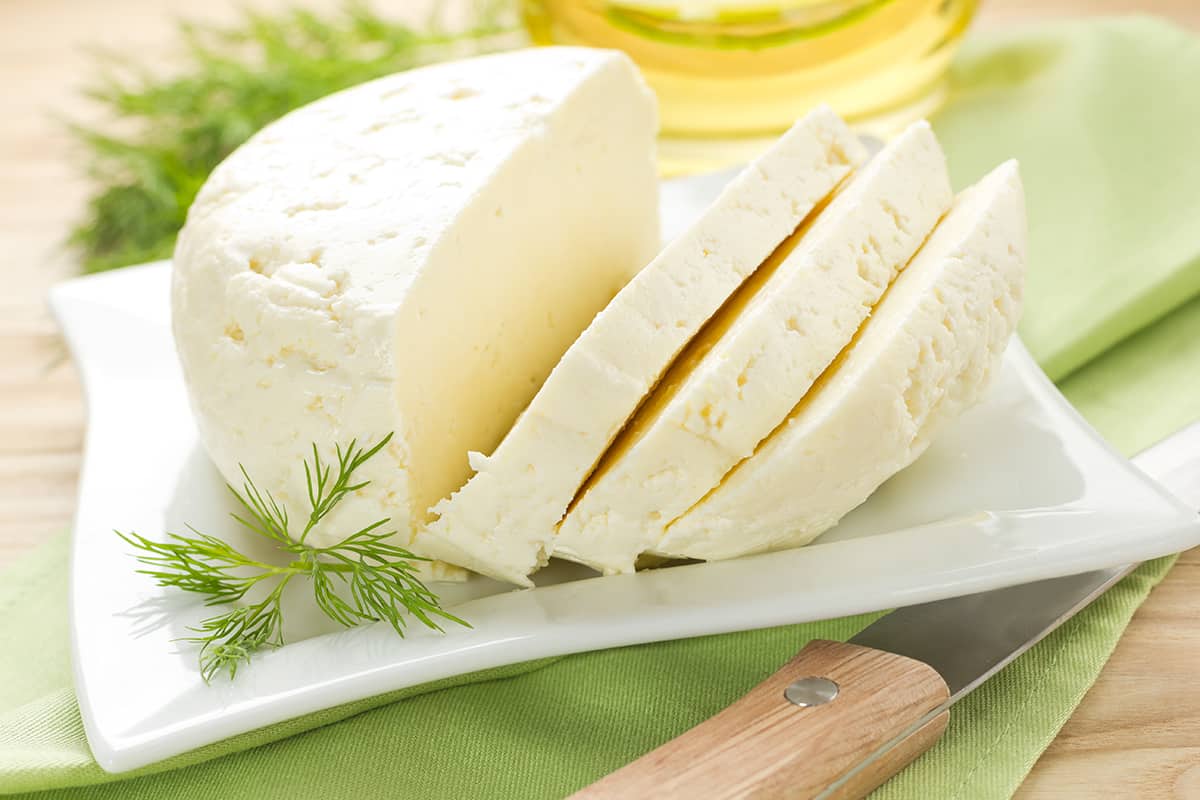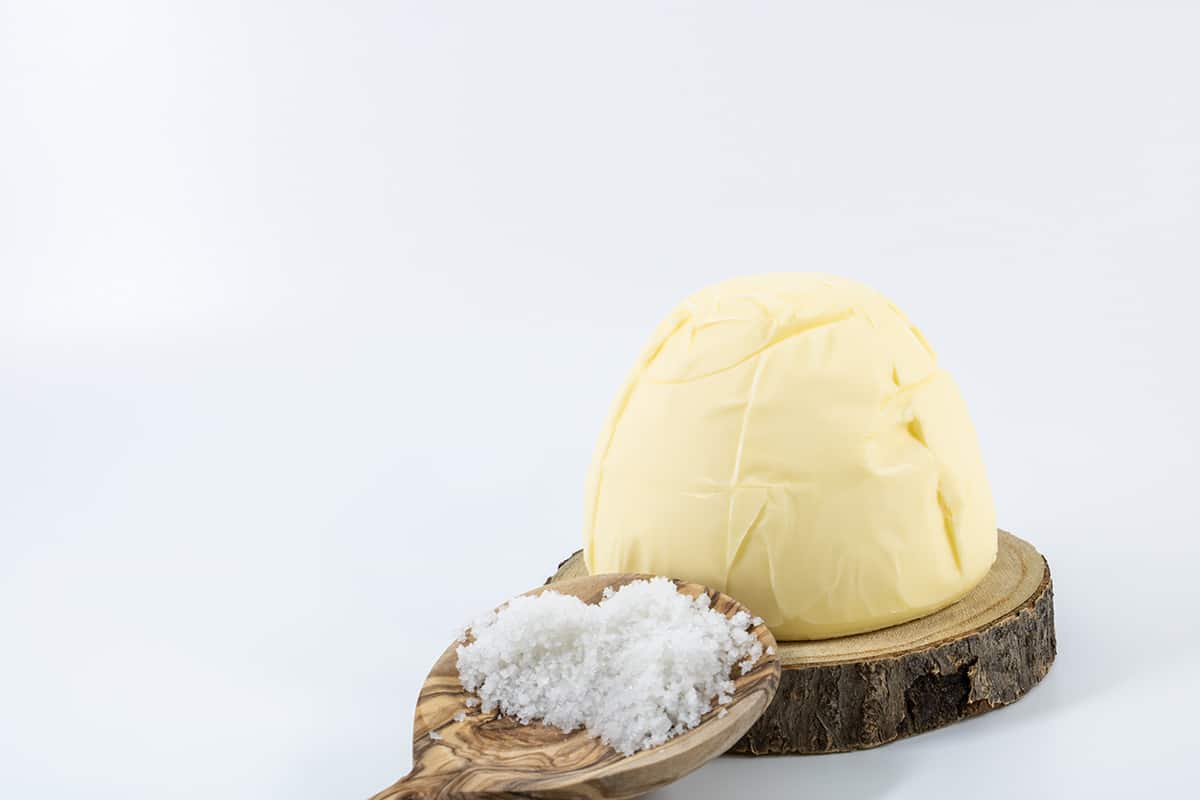Butter and oil are staple ingredients in the baking world. They are both fats that contain much of the flavor of baked goods. The great thing about butter and oil is that they are interchangeable—you just need to know how much butter to add in place of vegetable oil.
½ cup of vegetable oil is the same as 2/3 cup of butter in stick form. 2/3 cup of butter is the same as 1 whole stick + about 3 tablespoons.
The problem with swapping butter with oil is that they come in very different forms. At room temperature, butter is a whippable solid, whereas oil is a liquid. In this guide, I’ll explain the proper steps you need to follow in order to replace butter with oil and vice versa.
The Butter Conundrum

When you want to substitute one ingredient with another, you can usually do so at a 1:1 ratio. For instance, you can tweak a French toast recipe by subbing out orange juice with grapefruit juice. I’ve tried it before, and believe me, it’s pretty darned good. But when working with fats, things get a bit tricky.
Butter and oil are both fats, but when you place them both at room temperature, they have very different consistencies. Butter is a spreadable, whippable solid at room temperature, whereas vegetable oil is a liquid. Of course, you can liquify butter by putting it in the microwave or heating it on the stove, but you’ll end up with more than just a watery substance.
On average, a stick of butter—which is the same as ½ cup—contains anywhere from 15 to 20% water. The remaining content is flavorful butterfat. It’s the butterfat content we have to look at when subbing oil for butter.
How to Substitute Oil with Butter

Substituting oil with butter is all about math. If you want to replace oil with the fat from butter, you simply have to multiply the quantity of oil by 1.375.
So, for a ½ cup of oil, you would need 2/3 cup of butter, which is the same as 1 whole stick of + roughly 3 tablespoons of butter. The following conversion chart will help you figure out how much butter you need to substitute different amounts of oil.
| Oil | Butter Equivalent (Estimate) | Measurement Equivalent of Butter |
| ¼ cups | 1/3 cups | 5 tablespoons |
| ½ cups | 2/3 cups | 1 stick + 3 tablespoons |
| ¾ cups | 1-1/8 cups | 2 sticks + 1 tablespoon |
| 1 cup | 1-3/8 cups | 2 sticks + 6 tablespoons |
| 1-1/2 cups | 2-1/8 cups | 4 sticks + 2 tablespoons |
| 2 cups | 2-3/4 cups | 5 sticks + 4 tablespoons |
| 3 cups | 4-1/4 cups | 8 sticks + 4 tablespoons |
| 4 cups | 5-1/2 cups | 11 sticks |
| 5 cups | 6-7/8 cups | 13 sticks + 6 tablespoons |
| 10 cups | 13-3/4 cups | 27 sticks + 4 tablespoons |
After figuring out how much butter you need, you should either make clarified butter to boil out the moisture content or adjust how much water/milk/liquid you add to your recipe. Please note that for every stick of butter (1/2 cup) you use, 1/10th of it (about 0.8 tablespoons) will be pure water.
How to Substitute Butter with Oil
Similar to subbing oil with butter, swapping out butter with oil is a number’s game. A good way to approximate how much oil you will need in place of butter is to multiply the butter amount by ¾ or 75%. So, if a recipe asks for half a cup (1 stick) of butter, you will only need 3/8 cup of oil.
The following conversion chart should give you an idea of how much oil you will need when subbing out butter.
| Butter (cups) | Butter (Sticks) | Oil Equivalent (Estimate) |
| ¼ cups | ½ sticks | 3 tablespoons |
| ½ cups | 1 stick | ¾ cups |
| ¾ cups | 1-1/2 sticks | ½ cups + 1 tablespoon |
| 1 cup | 2 sticks | ¾ cups |
| 1-1/2 cups | 3 sticks | 1 cup + 2 tablespoons |
| 2 cups | 4 sticks | 1-1/2 cups |
| 3 cups | 6 sticks | 2-1/4 cups |
| 4 cups | 8 sticks | 3 cups |
| 5 cups | 10 sticks | 3-3/4 cups |
Can Butter Substitute Any Kind of Oil?
Yes, it can. Butter can be used in place of vegetable oil, peanut oil, shortening, lard, and virtually any type of oil or fat you can think of.
Butter adds flavor, richness, and softness to your baked goods, as well as aids in the leavening process. Oil, on the other hand, is more about adding moisture to cakes and cookies.
You can combine butter and oil in the same recipe to enjoy the best of both worlds. Just make sure you use the proper amounts of each fat when replacing a portion of one with the other. The tables above should help you figure out how much butter or oil to add to your recipe.
Should I Use Salted or Unsalted Butter to Substitute Vegetable Oil?
When following a baking recipe like cookies and cakes, it’s always safer to assume that the author wants you to use unsalted butter unless stated otherwise.
While the salt content in salted butter only makes up about 1.75% of its total weight, if you’re preparing a large batch for an event, you may end up oversalting your confectionary by using salted butter.
If all you have is 4-ounce sticks of salted butter, roughly 0.07 ounces of that is salt. 1 teaspoon of salt is equal to 0.2 ounces. So, for every 3 sticks of salted butter you use, reduce the amount of salt in the recipe by about 3 teaspoons.
Can I Use Butter to Deep-Fry Food?

Although butter is a type of fat that can be used to fry food, it’s not a very good type of fat for deep-frying.
Butter has an incredibly low smoke point of 350°F. The smoke point of a fat refers to the temperature at which the fat will stop glistening and begin burning. When it reaches its smoke point, it will cause fried foods to develop an unsightly dark crust.
Our guide on best oil for grilling steak should help you figure out the best types of oils for searing steaks and deep-frying foods. The higher the smoke point, the more it can tolerate extreme heat for cooking submerged foods quickly and evenly.




